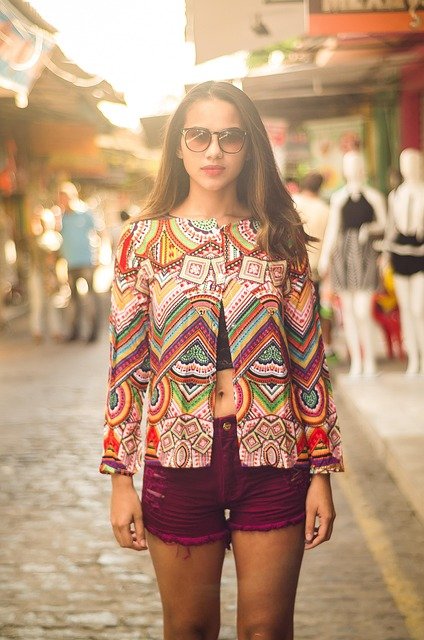
Sustainable Fashion: The Future of Style
As we step into a new era of consciousness and responsibility, sustainable fashion is emerging as a beacon of hope for the industry and the planet. It’s not just a trend; it’s a movement that’s reshaping how we think about clothing, consumption, and style.
What is Sustainable Fashion?
Sustainable fashion refers to the design, production, and consumption of clothing in a way that is environmentally friendly and socially responsible. This approach prioritizes the well-being of the planet and its people, aiming to reduce waste, carbon footprints, and the use of harmful materials.
Key Principles of Sustainable Fashion:
- Eco-friendly Materials: Utilizing organic cotton, hemp, Tencel, and recycled fabrics to minimize environmental impact.
- Ethical Production: Ensuring fair wages and safe working conditions for all workers involved in the manufacturing process.
- Minimal Waste: Implementing zero-waste design techniques and promoting upcycling and recycling.
- Timeless Design: Creating versatile, high-quality pieces that transcend seasonal trends, encouraging consumers to invest in long-lasting items.
Why is Sustainable Fashion Important?
The fashion industry is one of the largest polluters globally, contributing significantly to water pollution, waste, and carbon emissions. By embracing sustainable practices, we can:
- Reduce Environmental Impact: Sustainable fashion helps protect our planet's resources and biodiversity.
- Support Ethical Labor: It promotes fair treatment and wages for workers, fostering a more equitable industry.
- Encourage Conscious Consumerism: It inspires individuals to make informed choices about what they wear and how they shop.
The Future of Style
As consumers become more aware of the environmental and social implications of their choices, the demand for sustainable fashion continues to rise. Here are some trends shaping the future of style:
1. Circular Fashion:
Brands are adopting circular economy principles, designing products that can be reused, repaired, or recycled, thus extending their lifecycle.
2. Digital Fashion:
With the rise of virtual reality and digital clothing, consumers can buy and wear digital outfits, reducing the need for physical production.
3. Transparency:
Consumers are demanding more transparency from brands regarding their supply chains and production processes, leading to a shift towards accountability.
4. Local Production:
Supporting local artisans and manufacturers reduces carbon footprints and fosters community engagement.
Conclusion
Sustainable fashion is not just a niche; it’s the future of style. As designers, brands, and consumers unite in this mission, we can create a more sustainable, ethical, and beautiful world. Let’s embrace this movement and wear our values proudly!
Join the Conversation!
What are your thoughts on sustainable fashion? Share your favorite eco-friendly brands or tips for a more sustainable wardrobe in the comments below! 🌿✨

Upvoted! Thank you for supporting witness @jswit.
Downvoting a post can decrease pending rewards and make it less visible. Common reasons:
Submit
Downvoting a post can decrease pending rewards and make it less visible. Common reasons:
Submit